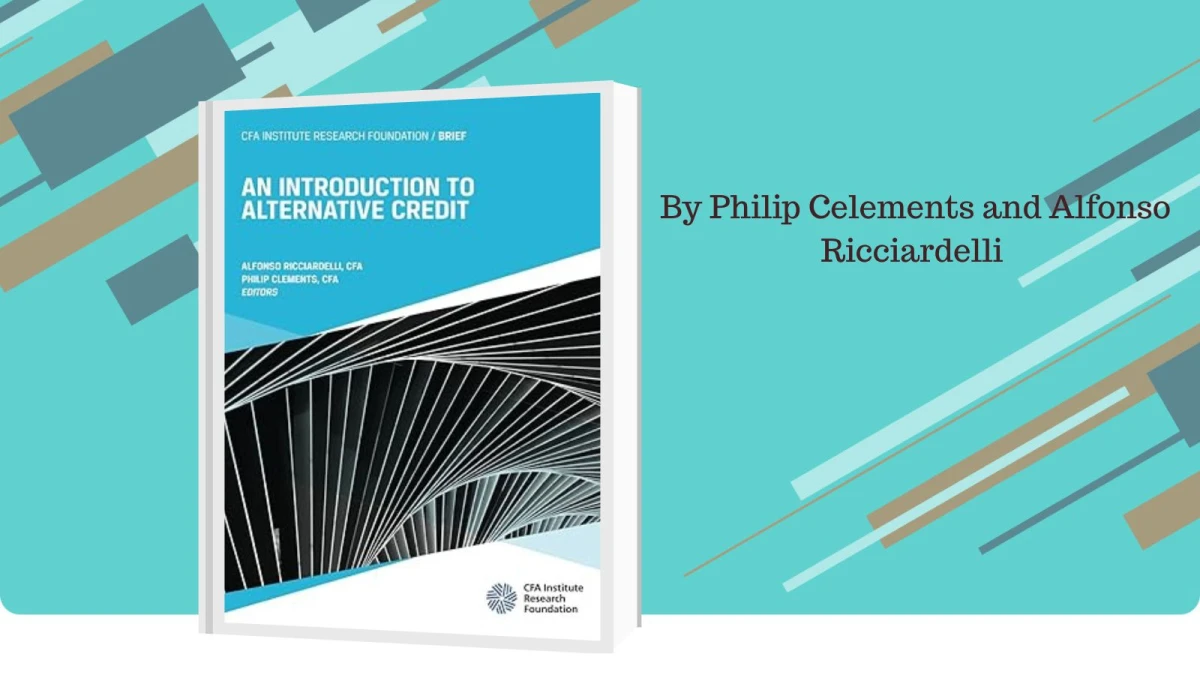
An Introduction to Alternative Credit
Investors’ intensifying quest for outsized returns over the past decade has driven many to first-time and increased allocations to alternative investments that include private equity, private credit, venture debt, and real estate assets. In this book, practitioners introduce investors to the features that make alternative credit investments a valuable addition to a portfolio, as well as some of the risks in the class.
As bank lending tightened due to stricter regulations after the 2008 global financial crisis, alternative credit gained increased traction—expanding to fill the void left by retreating financial institutions. Although alternative credit transactions vary greatly and lack standardized features, they broadly encompass transactions outside the traditional public fixed-income market.
There is a widespread view that the bespoke nature of its transactions—its illiquidity, longer time horizons, and due diligence costs—make the alternative credit class unfit for most retail investors. The book’s contributors address this point, observing that customized alternative credit transactions by nature carry idiosyncratic risk; however, that risk actually makes these investments less sensitive to broader macro risks. Furthermore, they emphasize that the illiquidity of these transactions can be an advantage by tending to make the investments less prone to panic selling.

